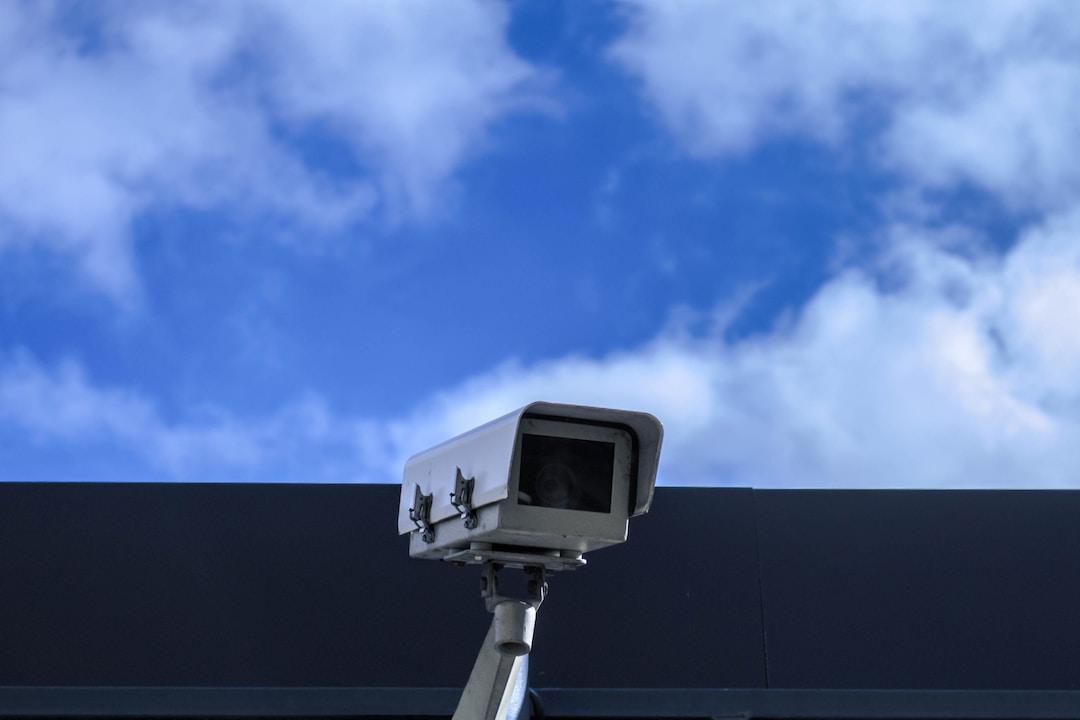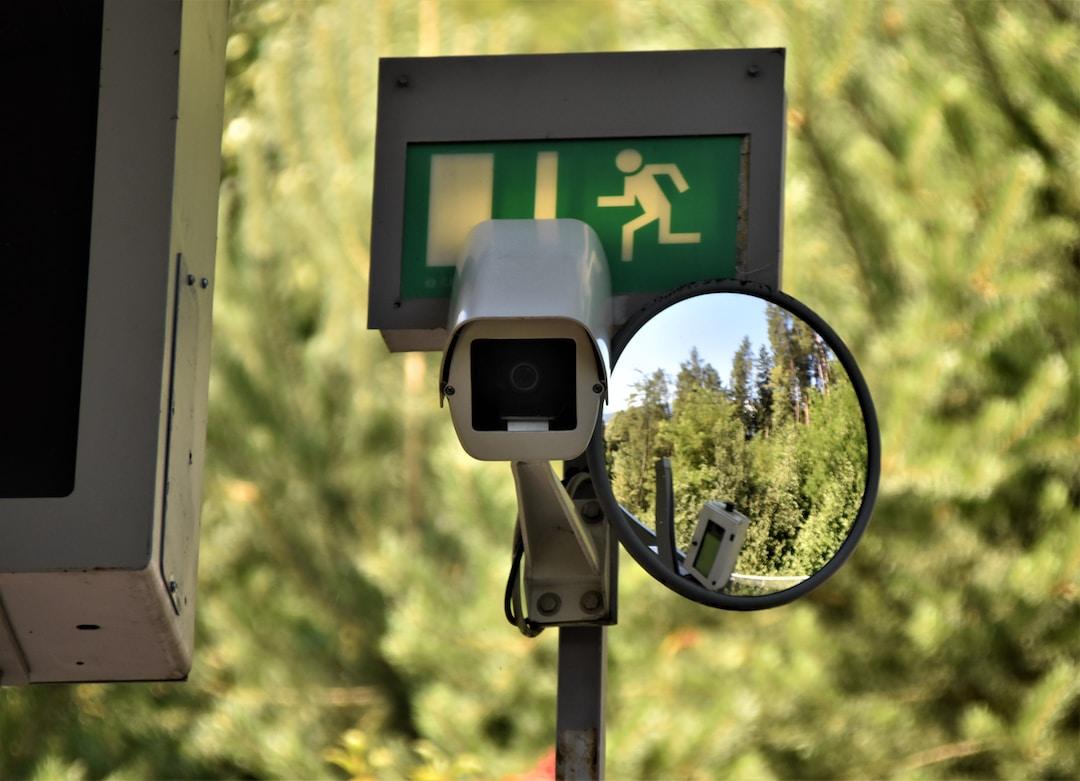With the rising need for enhanced home security, selecting the right outdoor security camera has never been more important. A well-placed camera can deter potential intruders and provide valuable footage in case of an incident. However, with myriad options available in the market, it can be overwhelming to choose the one that best fits your requirements. Consider a variety of factors from video quality to power sources to ensure you’re making an informed decision. Keep reading to navigate through the process of identifying the most suitable security cameras for your outdoor space.
Assessing Your Outdoor Security Needs
Before diving into the vast sea of security cameras, it’s crucial to understand your specific needs. Consider the size and layout of your property. Larger areas may require cameras with a wider field of view or multiple cameras to cover all access points. On the other hand, a small yard might need just one camera focused on the entrance.
Think about the challenges your environment presents. Are there areas with poor lighting conditions or obstructions that may impair camera visibility? Determining these factors will help you narrow down the type of camera you require, whether it’s a model with superior night vision or one with varifocal lenses for adjustable focus.
It’s also essential to consider the integration with existing security systems. Having a camera that can easily connect with other security components, like door sensors or smart lights, can create a more seamless security experience. Compatibility with your smartphone or computer for easy access to live footage and alerts should not be overlooked.
Lastly, reflect on the legal implications of installing security cameras for outside your home. Certain jurisdictions have privacy laws that limit where cameras can be pointed, especially if they capture footage of public spaces or neighbors’ properties. Understanding these regulations is key to a responsible and lawful security setup.
Understanding Camera Resolution and Field of View
The clarity of the footage captured by your outdoor security camera is paramount. Camera resolution is a critical aspect to consider, with higher resolutions offering clearer images that are crucial when identifying faces or license plate numbers. While 1080p is generally satisfactory for most users, 4K cameras provide even greater detail but may require more storage space for footage.
Another significant feature is the field of view, which determines the breadth of area a camera can capture. A wider view can cover more ground, potentially reducing the number of cameras needed. However, this can sometimes result in a fisheye effect, which might distort the image at the edges. Therefore, it’s important to balance the view with image quality.
Remember that higher-resolution cameras can produce large video files. This necessitates ample storage capacity, whether it’s through a local hard drive, network-attached storage, or cloud-based solutions. The method of storage can also affect the ease of accessing and managing your security footage.
Lastly, bear in mind the camera’s frame rate, which affects how smooth the video appears. A higher frame rate is preferable for capturing fast movements without blur, but it can also consume more storage and bandwidth. It’s important to strike the right balance according to your needs.
Weatherproofing and Material Durability Considerations
Once installed outside, your security camera will face the elements, be it the scorching sun, torrential rain, or freezing temperatures. Ensure that the camera you select is rated for outdoor use with suitable weatherproofing. You’ll want to terminate any ethernet cables. Rj45 termination is a crucial step for ensuring a proper connection without distortion or signal loss. Look for an Ingress Protection (IP) rating that denotes resistance to dust and water. A high IP rating, such as IP67 or IP68, indicates that the camera can withstand harsh weather conditions.
Material durability is another criterion that shouldn’t be underestimated. Cameras encased in high-quality materials like aluminum or robust plastics can resist tampering and physical damage. This is particularly important in areas that are within reach or exposed to potential vandalism.
In regions with extreme climate conditions, consider cameras with built-in heaters or blowers to maintain optimal operating temperatures. Also, pay attention to the UV resistance of the camera’s materials to prevent degradation from prolonged sun exposure.
Overall, choosing the right outdoor security camera is a multifaceted decision that involves assessing your security needs, understanding technical specifications, and considering the practical aspects of installation and maintenance. By paying close attention to these factors, you can ensure your property is monitored effectively, thus enhancing overall security and peace of mind.








